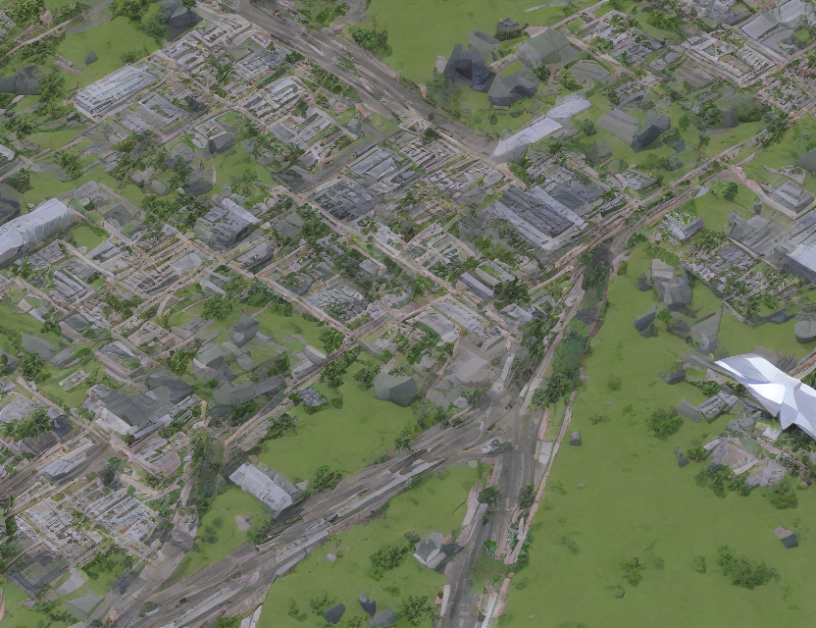Precision agriculture is an innovative farming practice that aims to optimize crop yields while minimizing resources such as water, fertilizer, and pesticides. Unmanned Aerial Vehicles (UAVs) are increasingly used in precision agriculture for crop monitoring and management. However, designing efficient UAV paths is crucial to ensure accurate data collection while optimizing flight time. This article proposes an adaptive path planning method that considers the quality of images captured and adjusts flight speed accordingly.
Adaptive Path Planning
The proposed method uses a mathematical formula (Equation 4) to calculate the minimum time required for a UAV to cover the entire agricultural field while maintaining a consistent image quality. This formula takes into account the size of the field, the number of images captured, and the speed at which the UAV can fly safely. The key insight is that adjusting the flight speed based on the quality of the images improves the accuracy of crop classification while reducing flight time.
Trade-Off between Image Quality and Flight Time
The definition of s (the image quality parameter) in Equation 4 creates a trade-off between image quality and flight time. A small value of s results in high-quality images but covers only a small fraction of the field, while an increased s value mitigates this by covering larger areas at the expense of accuracy. Practically, a constant s value is used at the beginning of the mission, and the UAV adjusts its speed based on the received images throughout the operation.
Real-Time Image Quality Assessment
The proposed method receives images from the UAV’s camera and assesses their quality in real-time using a SSIM (Structural Similarity Index Measure) metric. This index measures the similarity between two images based on their luminance, contrast, and structural similarity. By comparing the received images to the ideal image, the UAV adjusts its flight speed to maintain the desired image quality.
Benefits and Future Directions
The proposed adaptive path planning method offers several advantages over traditional approaches. Firstly, it optimizes flight time while maintaining image quality, ensuring efficient data collection. Secondly, it allows for real-time adjustments based on image quality, enabling the UAV to adapt to changing environmental conditions. Future research may focus on integrating other factors such as weather forecasts or crop growth models to further optimize path planning in precision agriculture.
Conclusion
In conclusion, this article presents an adaptive path planning method for UAVs in precision agriculture that considers the quality of images captured and adjusts flight speed accordingly. By optimizing both image quality and flight time, this approach enables efficient data collection while minimizing resources such as time and energy. This novel approach has the potential to significantly improve crop monitoring and management practices, ultimately contributing to a more sustainable agricultural industry.



